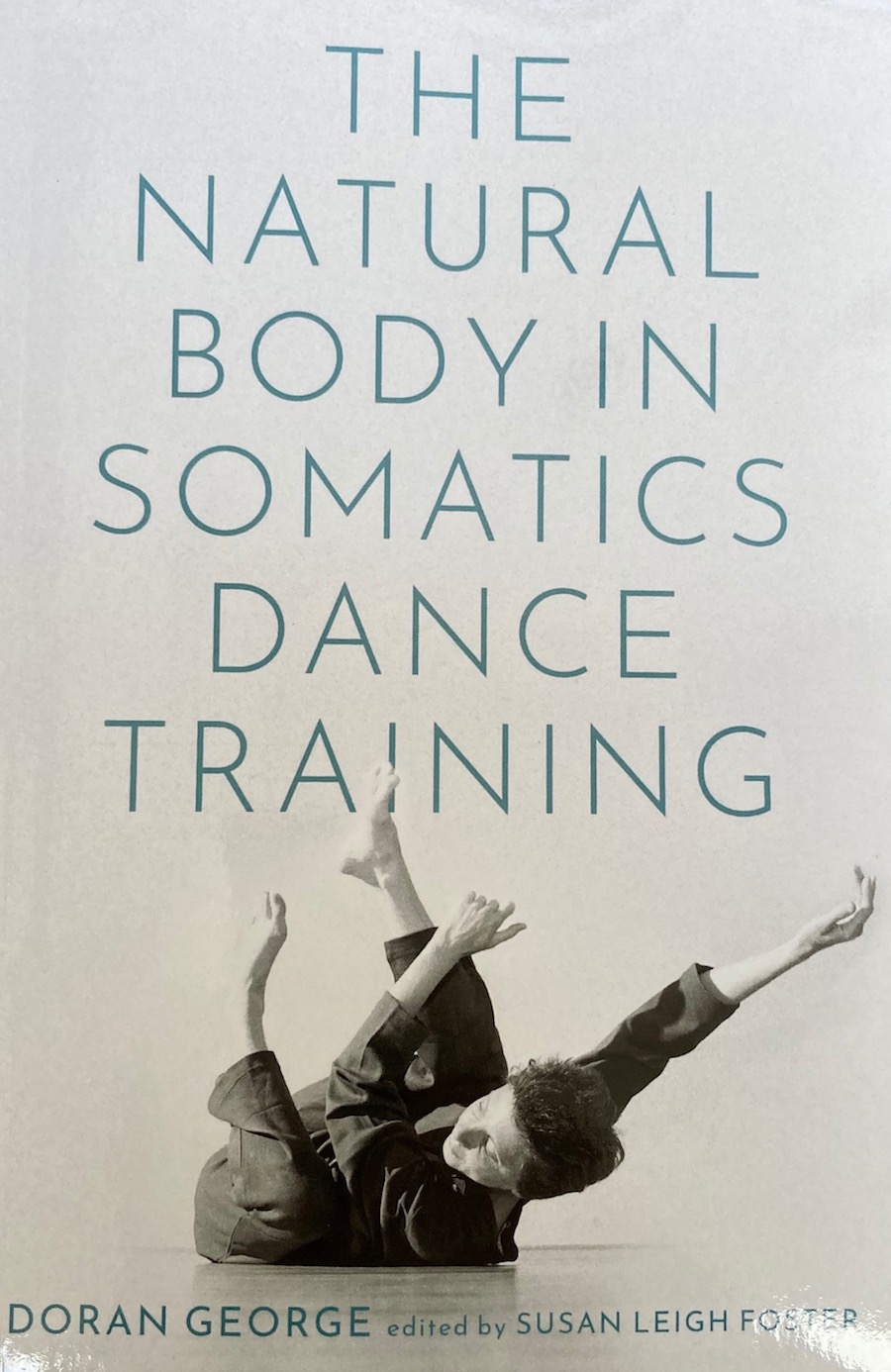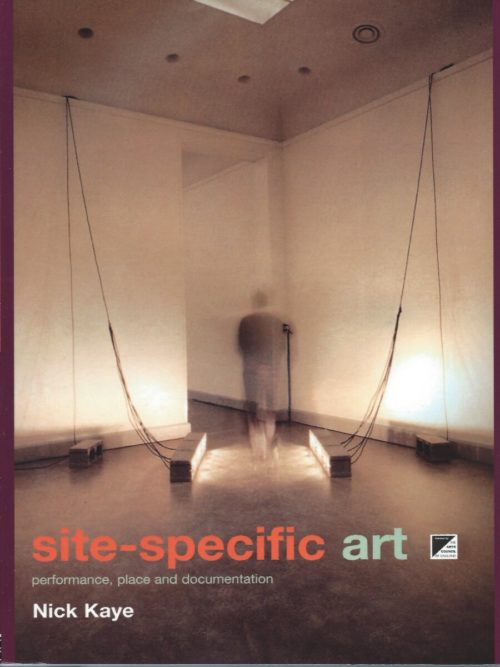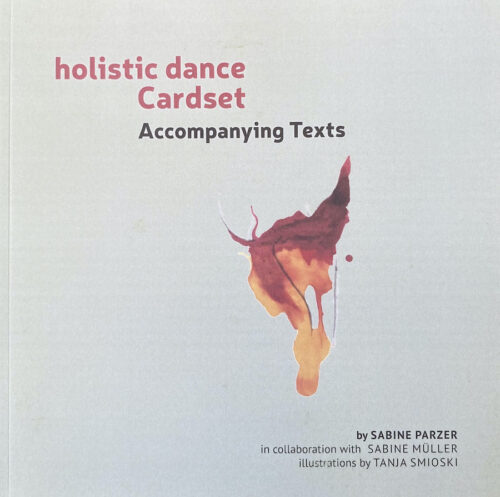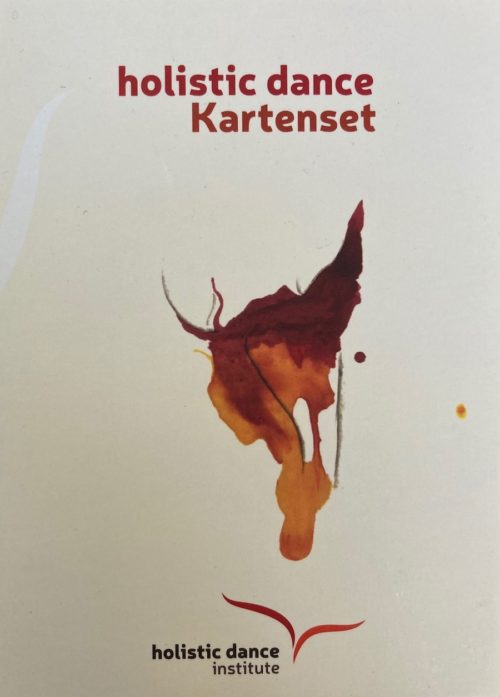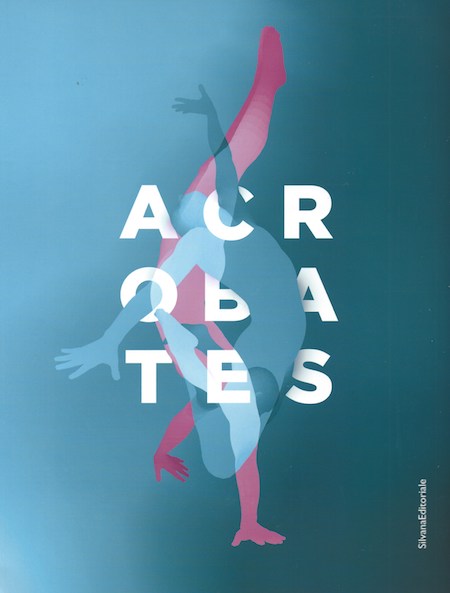RÉSUMÉ
From its beginnings as an alternative and dissident form of dance training in the 1960s, Somatics emerged at the end of the twentieth century as one of the most popular and widespread regimens used to educate dancers. It is now found in dance curricula worldwide, helping to shape the look and sensibilities of both dancers and choreographers and thereby influencing much of the dance we see onstage worldwide.
One of the first books to examine Somatics in detail and to analyse how and what it teaches in the dance studio, The Natural Body in Somatics Dance Training considers how dancers discover and assimilate new ways of moving and also larger cultural values associated with those movements. The book traces the history of Somatics, and it also details how Somatics developed in different locales, engaging with local politics and dance histories so as to develop a distinctive pedagogy that nonetheless shared fundamental concepts with other national and regional contexts. In so doing it shows how dance training can inculcate an embodied politics by guiding and shaping the experience of bodily sensation, constructing forms of reflexive evaluation of bodily action, and summoning bodies into relationship with one another. Throughout, the author focuses on the concept of the natural body and the importance of a natural way of moving as central to the claims that Somatics makes concerning its efficacy and legitimacy.

